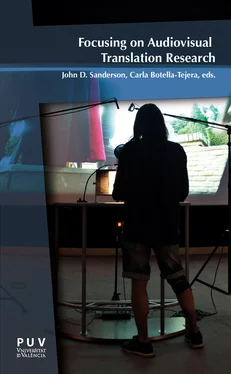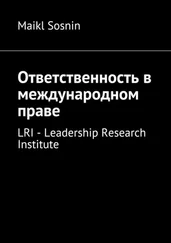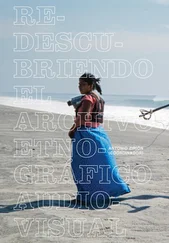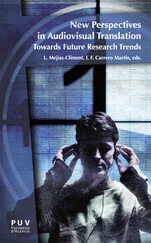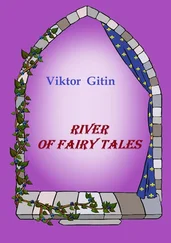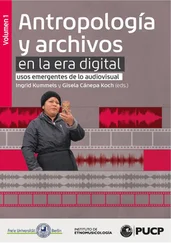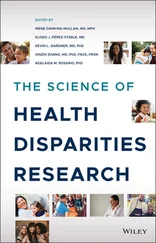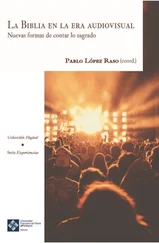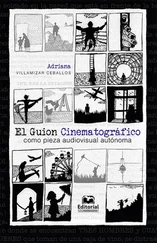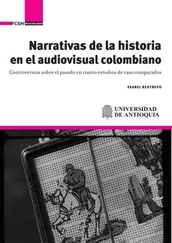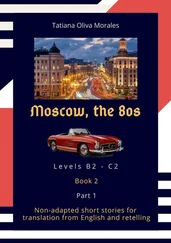Gambier, Yves (2015). “Subtitles and language learning (SLL): theoretical background”. In Gambier, Yves, Annamaria Caimi and Cristina Mariotti (eds.). Subtitles and Language Learning. Principles, Strategies and Practical Experiences . Bern: Peter Lang, 63-82.
Incalcaterra McLoughlin, Laura and Jennifer Lertola (2011). “Learn through subtitling: subtitling as an aid to language learning”. In Incalcaterra McLoughlin, Laura, Marie Biscio and Máire Áine Ní Mhainnín (eds.). Audiovisual Translation Subtitles and Subtitling. Theory and Practice . Bern: Peter Lang, 243-263.
Incalcaterra McLoughlin, Laura and Jennifer Lertola (2014). “Audiovisual translation in second language acquisition. Integrating subtitling in the foreign-language curriculum”. The Interpreter and Translator Trainer 8(1), 70-83.
Lertola, Jennifer (2012). “The effect of the subtitling task on vocabulary learning”. In Pym, Anthony and David Orrego-Carmona (eds.). Translation Research Projects . Tarragona: Intercultural Studies Group, 61-70.
Orrego-Carmona, David (2013). “Using non-professional subtitling platforms for translator training”. Rivista internazionale di tecnica della traduzione = International journal of translation (15), 129-144. < https://www.openstarts.units.it/bitstream/10077/10611/1/orrego-carmona_ritt15.pdf> (Accessed 5 September, 2017).
Marzà, Anna and Gloria Torralba (2015). “Incidental language learning through subtitled cartoons: is it possible in a dubbing country?” In Gambier, Yves, Annamaria Caimi and Cristina Mariotti (eds.). Subtitles and Language Learning. Principles, Strategies and Practical Experiences . Bern: Peter Lang, 199-219.
Neves, Josélia (2004). “Language awareness through training in subtitling”. In Orero, Pilar (ed.). Topics in Audiovisual Translation . Amsterdam and Philadelphia: John Benjamins, 127-140.
Pérez-González, Luis (2007). “Intervention in new amateur subtitling cultures: A multimodal account”. Linguistica Antverpiensia . New Series–Themes in Translation Studies 6, 67-80. < https://lans.ua.ac.be/index.php/LANS-TTS/article/view/180/111> (Accessed 5 September, 2017).
Robson, Colin and Kieran McCartan (2016). Real World Research: A Resource for Users of Social Research Methods in Applied Settings (4 thedn). Chichester: John Wiley & Sons.
Sanderson, John (2015). “Caught red handed? Teaching foreign idioms with a visual head in subtitled cartoons”. In Gambier, Yves, Annamaria Caimi and Cristina Mariotti (eds.). Subtitles and Language Learning. Principles, Strategies and Practical Experiences . Bern: Peter Lang, 323-344.
Sokoli, Stavroula (2006). “Learning via Subtitling (LvS): A tool for the creation of foreign language learning activities based on film subtitling”. Proceedings of MuTra: Audiovisual Translation Scenarios: Conference Proceedings , 1-8. < http://www.sub2learn.ie/downloads/2006_sokoli_stravoula.pdf> (Accessed 5 September, 2017).
Sokoli, Stavroula, Patrick Zabalbeascoa and Maria Fountana (2011). “Subtitling Activities for Foreign Language Learning: What Learners and Teachers Think”. In Incalcaterra McLoughlin, Laura, Marie Biscio and Máire Áine Ní Mhainnín (eds.). Audiovisual Translation Subtitles and Subtitling. Theory and Practice . Bern: Peter Lang, 219-242.
Talaván, Noa (2006). “Using subtitles to enhance foreign language education”. Porta Linguarum 6, 41-52. (Accessed 5 September, 2017).
Talaván, Noa (2007). “Learning vocabulary through authentic video and subtitles”. TESOL-SPAIN Newsletter 31, 5-8.
Talaván, Noa (2010). “Subtitling as a Task and Subtitles as Support: Pedagogical Applications”. In Díaz Cintas, Jorge, Anna Matamala and Josélia Neves (eds.). New Insights into Audiovisual Translation and Media Accessibility . Amsterdam: Rodopi, 285-299.
Talaván, Noa (2011). “La influencia efectiva de los subtítulos en el aprendizaje de lenguas extranjeras: análisis de investigaciones previas”. Sendebar 22, 265-282. < http://revistaseug.ugr.es/index.php/sendebar/article/view/354> (Accessed 5 September, 2017).
Talaván, Noa (2012). “Justificación teórico-práctica del uso delo subtítulos en la enseñanza-aprendizaje de idiomas”. Trans. Re-vista de traductología 16, 23-38. < http://www.trans.uma.es/trans_16/Trans16_023-037.pdf> (Accessed 5 September, 2017).
Talaván, Noa (2013). La subtitulación en el aprendizaje de lenguas extranjeras , Barcelona: Octaedro.
Talaván, Noa and Pilar Rodríguez-Arancón (2014). “The use of reverse subtitling as an online collaborative language learning tool”. The Interpreter and Translator Trainer 8(1), 84-101.
Talaván, Noa and José Javier Ávila-Cabrera (2015). “First Insights into the combination of dubbing and subtitling as L2 didactic tools”. In Gambier, Yves, Annamaria Caimi and Cristina Mariotti (eds.). Subtitles and Language Learning. Principles, Strategies and Practical Experiences . Bern: Peter Lang, 149-172.
Talaván, Noa and Ávila-Cabrera, José Javier (2016). “Collaborative networks to provide media accessibility: the potential of social subtitling”. In Calle-Martínez, Cristina, M.ª Dolores Castrillo de Larreta-Azelain and Antonio Pareja-Lora (eds.). Innovating in the Didactic Second Language Scenario: New Mobile, Open and Social Models. Porta Linguarum. Monográfico I , 125-138. (Accessed 5 September, 2017).
Talaván, Noa, José Javier Ávila-Cabrera and Tomás Costal (2016). Traducción y accesibilidad audiovisual . Barcelona: Editorial UOC.
Talaván, Noa and José Javier Ávila-Cabrera (2017). “Providing the university community with accessible videos”. In David Orrego-Carmona and Yvonne Lee (eds.). Non-Professional Subtitling . Newcastle upon Tyne: Cambridge Scholars, 276-294.
Vanderplank, Robert (1988). “The value of teletext sub-titles in language learning”. ELT journal 42(4), 272-281. < http://citeseerx.ist.psu.edu/viewdoc/download?doi=10.1.1.476.2771&rep=rep1&type=pdf> (Accessed 5 September, 2017).
Vanderplank, Robert (2015). “Thirty years of research into captions/ same language subtitles and second/foreign language learning: Distinguishing between ‘effects of’ subtitles and ‘effects with’ subtitles for future research”. In Gambier, Yves, Annamaria Caimi and Cristina Mariotti (eds.). Subtitles and Language Learning. Principles, Strategies and Practical Experiences . Bern: Peter Lang, 19-40.
Zabalbeascoa, Patrick (2008). “The nature of the audiovisual text and its parameters”. In Díaz Cintas, Jorge (ed.). The Didactics of Audiovisual Translation . Amsterdam and Philadelphia: John Benjamins, 21-37.
Course books
Hardy-Gould, Janet and James Styring (2013). Succeed in English. Workbook. 3 . Oxford: United Kingdom.
Wetz, Ben, Helen Halliwell, Alex Raynham and Jacqueline Walk-den (2013). Succeed in English. Student’s Book. 3 . Oxford: United Kingdom.
1 < https://goo.gl/yZYSij>.
2 < https://goo.gl/pCigDN>.
Конец ознакомительного фрагмента.
Текст предоставлен ООО «ЛитРес».
Прочитайте эту книгу целиком, купив полную легальную версию на ЛитРес.
Безопасно оплатить книгу можно банковской картой Visa, MasterCard, Maestro, со счета мобильного телефона, с платежного терминала, в салоне МТС или Связной, через PayPal, WebMoney, Яндекс.Деньги, QIWI Кошелек, бонусными картами или другим удобным Вам способом.
